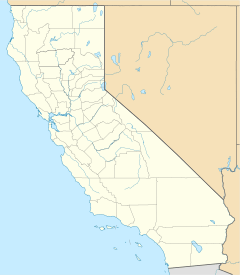Citrona, California facts for kids
Quick facts for kids
Citrona
|
|
|---|---|
| Country | United States |
| State | California |
| County | Yolo County |
| Elevation | 164 ft (50 m) |
Citrona is a small place in Yolo County, California. It's known as an unincorporated community. This means it's a group of homes or buildings that isn't officially a town or city with its own local government. Instead, it's managed by the county government, which in this case is Yolo County.
Citrona is located about 3 miles (or 5 kilometers) south of a town called Madison. It sits at an elevation of 164 feet (which is about 50 meters) above sea level. A long time ago, its location next to the Southern Pacific Railroad was important for travel and moving goods.
Contents
What is an Unincorporated Community?
An unincorporated community like Citrona is a place where people live, but it doesn't have its own mayor or city council. Think of it like a neighborhood that's part of a bigger county. The county government provides services like police, fire, and road maintenance. This is different from a city, which has its own local laws and services.
Where is Citrona Located?
Citrona is found in the central part of California, within Yolo County. Yolo County is known for its rich farmland, especially for crops like tomatoes, almonds, and walnuts. It's also home to parts of the Sacramento River, which is a major river in California. The county has a mix of small towns, agricultural areas, and some natural spaces.
Nearby Places
Citrona is close to Madison, California. Madison is a small community in Yolo County, often surrounded by farms. Being near a railroad line meant that places like Citrona could be important stops for trains, helping to connect different areas and transport goods.
The Southern Pacific Railroad
The Southern Pacific Railroad was a very important railway company in the western United States. For many years, it helped people travel and moved goods across vast distances. Places like Citrona, located along these railway lines, often grew because they were convenient stops or shipping points. Even today, railroads continue to be a vital part of transportation.



